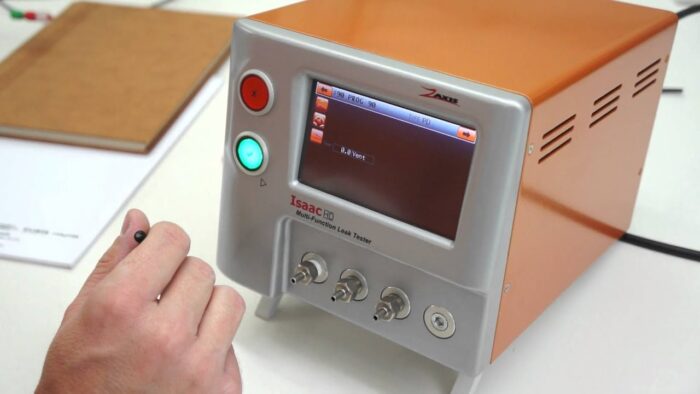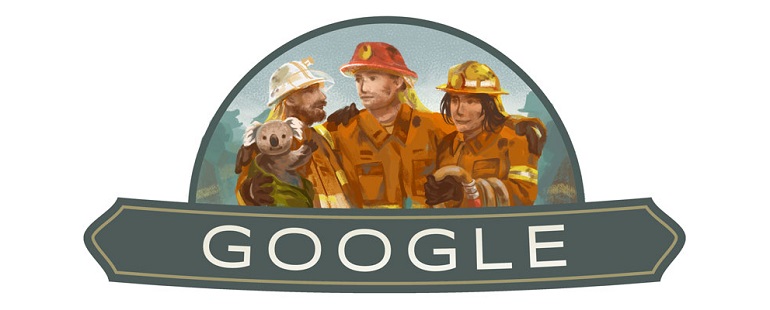Pressurization is a method of determining whether cargo containers are free from leaks. It is also known as a pressure decay test and involves applying pressure to the container and then slowly reducing it over time. The pressure decay leak test is an alternative option to other methods such as helium mass spectrometry or bubble detection devices. This article will give you a brief overview of why this technique is beneficial for empty container leak testing, how it works, what factors influence its results and how to ensure accurate and reliable results when using this method for your own empty cargo containers.
What is the pressure decay leak test, and what are its benefits?
The pressure decay leak test is a method of testing for leaks in empty containers. It is a cost-effective, fast, accurate and reliable way to find leaks in empty containers.
The primary benefit that the pressure decay leak test offers over other methods of quality assurance is its low cost; this makes it ideal for companies with tight budgets or large quantities of material needing to be tested. Additionally, this method can be done quickly and accurately without any downtime or expensive equipment required on-site; this saves time and money since no large equipment needs to be transported or utilized at your location for this type of testing!

How does the pressure decay leak test work?
The pressure decay leak test is a simple and effective way to test for leaks in empty containers. The test involves pressurizing the container with air or nitrogen and then monitoring the pressure over time. If the container is leaking, the pressure will drop as gas escapes through the leak. The rate of pressure decay can be used to calculate the size of the leak.
To perform a pressure decay leak test, the container must first be cleaned and dried. Any dirt or residue on the surface can impact the results of the test. The container is then placed on the testing machine and sealed. Air or nitrogen is then pumped into the container until it reaches the desired pressure.
The machine will then monitor the pressure inside the container over time. If there is a leak, the pressure will drop as gas escapes through the hole. The rate of pressure decay can be used to calculate the size of the leak.
The pressure decay leak test is a quick and easy way to test for leaks in empty containers. It is an essential quality control step to ensure that products are safe and free from defects.
What factors influence the results of a pressure decay leak test?
The results of the test depend on several factors:
- The type and size of the container.
- The construction material of the container.
- The pressure inside the container when you perform your pressure decay leak test.
The most important factor, however, is temperature. If you are testing a container at a higher temperature than its normal operating temperature, then you will have increased pressure within the vessel because it takes more force to push through liquids as they get hotter.
How can you ensure accurate and reliable results from a pressure decay leak test?
There are a few things you can do to ensure accurate and reliable results from a pressure decay leak test. First, make sure the test area is clean and free of debris. Second, calibrated pressure gauges should be used to measure the pressure in the system. Third, the system should be vented properly to allow for accurate pressure readings. Finally, the system should be tested under controlled conditions to ensure that the results are not affected by external factors. By following these steps, you can ensure that your pressure decay leak test provides reliable and accurate results.
Conclusion
In conclusion, there are many benefits to using a pressure decay leak test when performing empty container testing. It is a very inexpensive method that can be used in place of expensive empty container testing methods like helium mass spectrometry and vacuum/pressure tests. This means there will be less downtime between tests, and more products being shipped out on time with no leaks!




